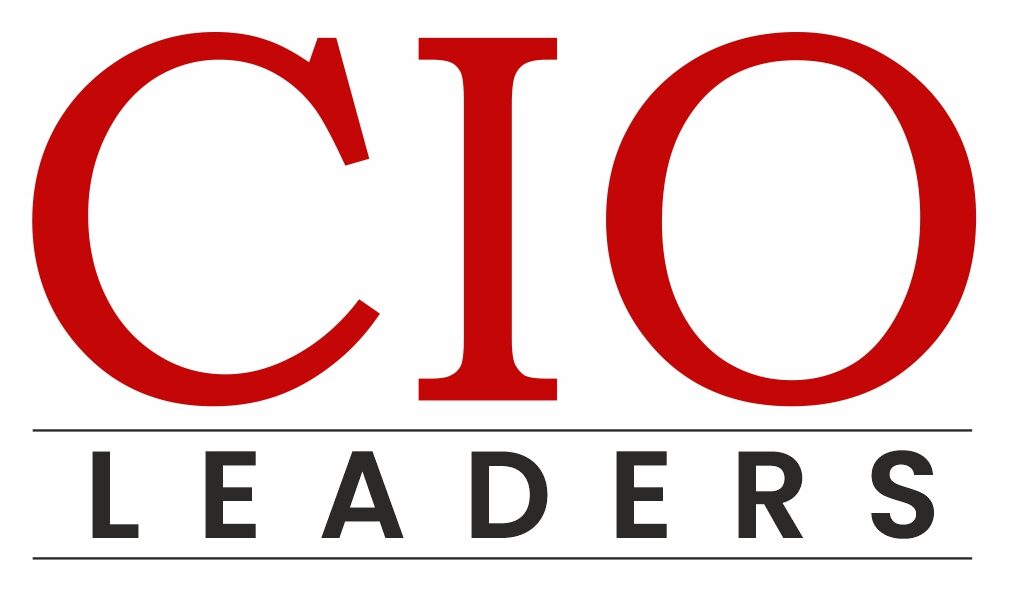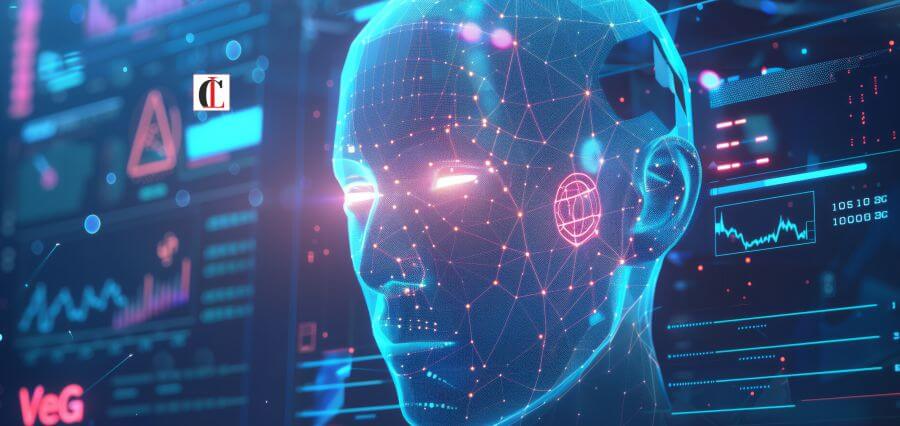There has been the IoT and data science of the past few years that together transform industries and daily life. This is no fad, but a radical shift in how data is collected, analyzed, and used. With connectivity via devices and with the help of analytics on data, businesses and individuals can create smart solutions that improve efficiency and productivity and improve quality of life.
Understand the IoT and Data Science
The Internet of Things consists of a network of devices that are connected and communicate with each other over the internet. Amongst these are household appliances, such as smart thermostats, and on to industrial machinery, which can monitor its own performance in real time. According to a Statista report, the number of connected IoT devices is set to swell to more than 30 billion by 2025. That explosive growth will create a raft of dependence upon smart technology across multiple industries.
In contrast, data science is the process of extracting insights from huge quantities of data using methods like statistical analysis, machine learning, and data visualization. Using the patterns in data and trends of it, businesses are able to make profit-oriented decisions by which innovation and efficiency can be supported. According to an IBM study, it has been found that companies adopting data-driven approaches stand 6 times more likely to be profitable year over year.
The Synergism Between IoT and Data Science
IoT combined with data science makes a powerful synergistic blend. IoT devices produce tremendous volumes of data continuously. This data allows for immediate insight into user behavior, environmental conditions, and operational efficiency. However, this data itself is little to nothing useful and thus requires analysis and interpretation. Data science comes in to play here.
For instance, in smart cities, sensors collect data with regards to traffic patterns, quality of air, and energy consumption. Data analysts go through this information to identify trends and come up with possible solutions that will make life better in the urban environment. According to McKinsey, the use of smart city technologies is going to reduce greenhouse gas emissions by up to 70% through the optimization of energy use and transportation systems.
Real-Life Applications
The convergence of IoT and data science has resulted in innovative applications in health among other sectors.
Healthcare also uses wearable devices to monitor, in real time, vital signs of patients. This kind of constant flow of data can help in the early detection of anomalies and thereby timely intervention. A study published by the Journal of Medical Internet Research establishes that this telemetry allowed a 30 percent drop in the readmission rate of the patients. Healthcare professionals can also tailor treatments based on specific patient information through an effective use of analytics.
Agriculture
IoT sensors in agriculture: IoT sensors detect moisture levels in the soil, temperature, and health of crops. These insights will help farmers optimize irrigation schedules and when to apply pesticides. MarketsandMarkets estimates that the precision farming market is expected to grow from 7 billion dollars in 2020 to 12 billion dollars by 2025. Insight-driven data maximize yields with minimum resource utilization.
Manufacturing
IoT manufacturing devices track the performance of machines and alert about the need for maintenance before a failure could potentially occur. Predictive maintenance helps avoid or reduce stoppages or downtime and saves costs.
According to IDC, predictive maintenance is likely to assist manufacturers in saving up to 630 billion dollars annually by 2025 with reduced downtime and improved efficiency.
Challenges Ahead
Despite the numerous benefits that can be drawn from the intersection of IoT with data science, there are several challenges that need to be addressed. Data privacy and security is the primary concern. With every new device coming onto the internet, the threat of cyberattacks is bound to rise.
According to Cybersecurity Ventures, it is expected that from 2017 to 2021, global spending on cybersecurity will cross $1 trillion. Security measures will be the key factor in winning over consumers.
Integration of different systems and standards is another challenge. Most IoT devices operate on different platforms with variant protocols, making it challenging for organizations to collect data in a way that is effective consolidation. There is a need to enforce universal standards in the realization of full potential for IoT technologies.
Future Outlook
The future prospects look brighter with IoT and data science being integrated. When AI is more present, its combination with IoT shows even more smart, futuristic solutions capable of making decisions autonomously based on real-time analytics of data.
For example, an AI-enabled device, a smart home could learn user preferences over time and can, therefore, automatically adjust settings for optimal comfort and energy efficiency. In agriculture, crop health analysis is possible from above with actionable insights directly to farmers in real-time through drones.
With society becoming more cognizant of sustainability issues, this may be compounded by IoT integration with data science in leading to even more intelligent resource management systems that waste less while conserving the environment.
Conclusion
The marriage of IoT and data science is opening doors for a smarter way to improve life in a myriad of places. To be able to improve healthcare innovations which have better results with their patients, agricultural practices leading to more food security but this time in a more sustainable manner; it is not easy to surpass the impact.
Addressing cybersecurity threats and system integration will be important for realizing this potential in full. As technology rapidly changes, embracing this convergence becomes essential for businesses looking for competitive advantages while positively contributing to the societal good. Tomorrow’s world promises to usher in unprecedented opportunities driven by intelligent connectivity and insightful analysis as AI and machine learning continue to advance these capacities.

